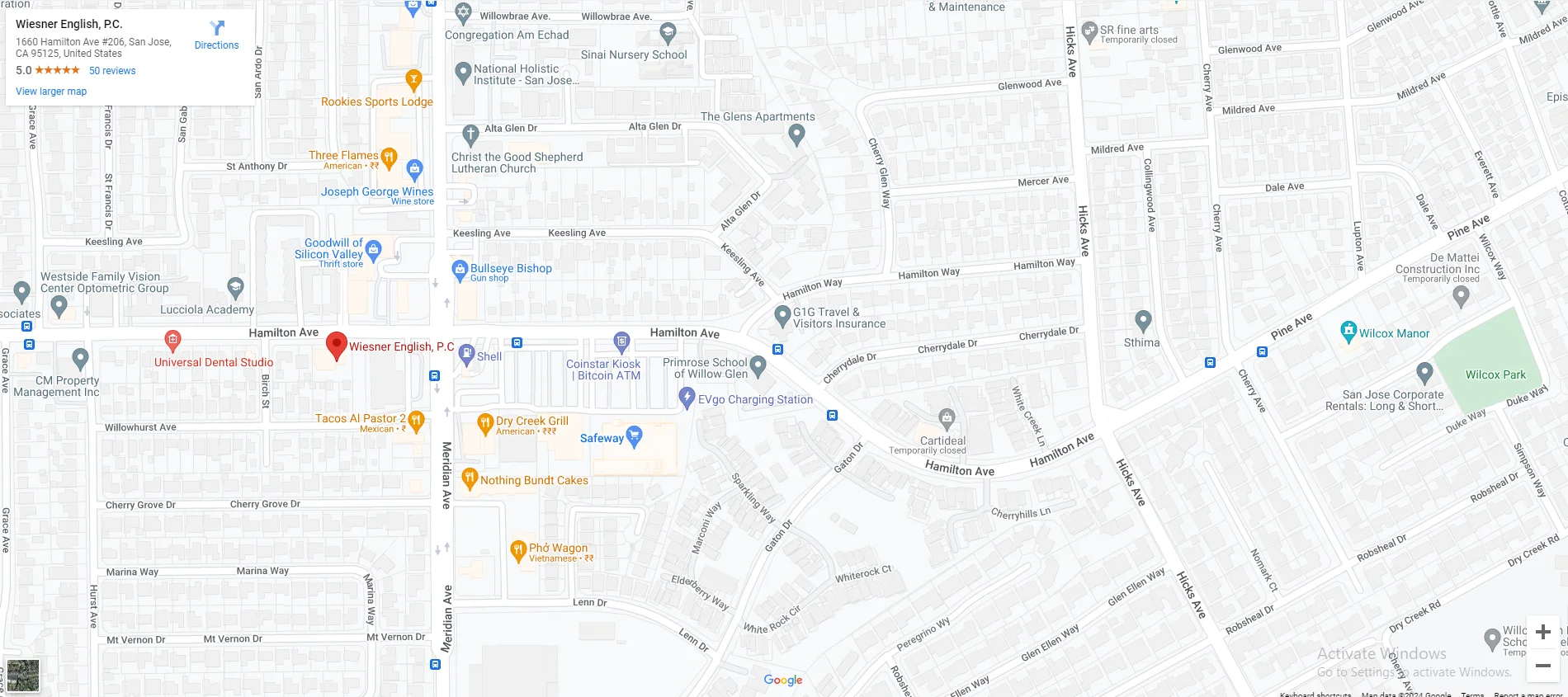Calculating Your Wage Loss (TD Rate) in a California Work Comp Case

Insurance carriers love to “hide the ball” when paying your wages while you are off work recovering from your injury. Whether its not including your overtime or using time off from a planned vacation to deflate your earnings, this guide can help you figure out if the insurance is underpaying you.
The Law
Labor Code § 4453(c) provides four options for calculating your Average Weekly Wage (AWW). In layman’s terms, they are:
1) Your regular, full time earnings (full time being anyone working more than 30 hours per week and at least 5 days per week);
2) If working two jobs, the average earnings in a week for both jobs;
3) For inconsistent earners (e.g., part time, seasonal, etc.), the average weekly earnings from the last year;
4) A catch all – any combination of any of the above methods if it ends in a “fair” result.
Generally speaking, the courts should stop once the reach a method that works. Meaning, most full time workers should be entitled to wage loss in accordance with #1 above.
Method #2, the Insurance Carrier’s Friend
Life happens. People get sick, go on vacation, have to care for a family member, or take a mental break from working all together. NONE of this bears on someones earning capacity. However, taking the 52 week rolling average of most peoples’ earnings will result in a lower average weekly wage (AWW). This is because, as expected, a two week unpaid vacation drags down the average for the rest of your earnings.
Additionally, some insurance carriers will flat out IGNORE other forms of payments or wages like overtime, bonuses, car allowances, lodging, etc. While not all “fringe benefits” (no, Johnny, you don’t get a bump in your wages because you get free breakfast at the company cafeteria every morning) are included in wages calculations, it is in your best interest to push for as many inclusions as you can.
Other Considerations
Now that you have an idea as to what your Average Weekly Wage (AWW) is, why is it that your Temporary Disability Indemnity (e.g. wage loss) check is much lower than both your gross and net earning. Are the insurance carrier’s underpaying everyone?!?
Unfortunately, that’s not the case. In California, lost wages due to an injury are paid at 2/3rd of the injured worker’s AWW (with some exceptions for governmental employees). Additionally, there are hard caps on earnings and lost wages. For instance, in 2019, the maximum Temporary Disability rate was $1,251.38. Accordingly, if you earned more than $98,000 a year prior to your injury, state law does not require the insurance carrier to pay the difference in your additional lost wages.
Likewise, insurance carriers are only responsible for 104 weeks of wage (two years) in the first five years of your injury per California law (partial wage loss, either pay rate or hours, still counts as a full day of wage loss against your cap). So, if you have a surgery 7 years after your injury, the insurance carrier is NOT required to pay for your time off to recover.
Using your wage loss in work comp intentionally and judiciously can be the difference between a successful case and an injury causing a financial nightmare.
How do I get my Rate Fixed?
Like all benefits in work comp, while the law may say you are entitled to an increased rate, you need a Workers Compensation Judge’s (WJC) Order to force the insurance carrier to fix your wage loss rate (and potentially pay a penalty if it was intentionally incorrect). While you can hope your tenth call to your claims adjuster gets a response, it may be time to call a local and skilled work comp attorney to help you fight for the wages you should have been paid all along.
Additional resources provided by the author
The above is a fairly simplified version of the wage loss analysis we perform in the workers compensation realm. Further, Labor Code § 4453(c) is not the end all be all source for calculating lost wages in work comp – its just the start of the analysis. Like most areas of law, California worker’s compensation law is a blend of statutes and case law. This means that the statutes written by our state legislators are then later interpreted by judges all across our state, including our state Supreme Court, to try to apply very specific factual situations to static law. The below links are VERY brief overviews of some of those important cases. Additionally, the above only represents one attorney’s summary of the current state of the law in 2020. All cases are different and the outcome of each legal case depends upon many factors, including the facts of the case, and no attorney can guarantee a positive result in any particular case. This guide SHOULD NOT be taken as gospel or cited in court.
Request A
Free Consultation
Fields marked with an * are required





